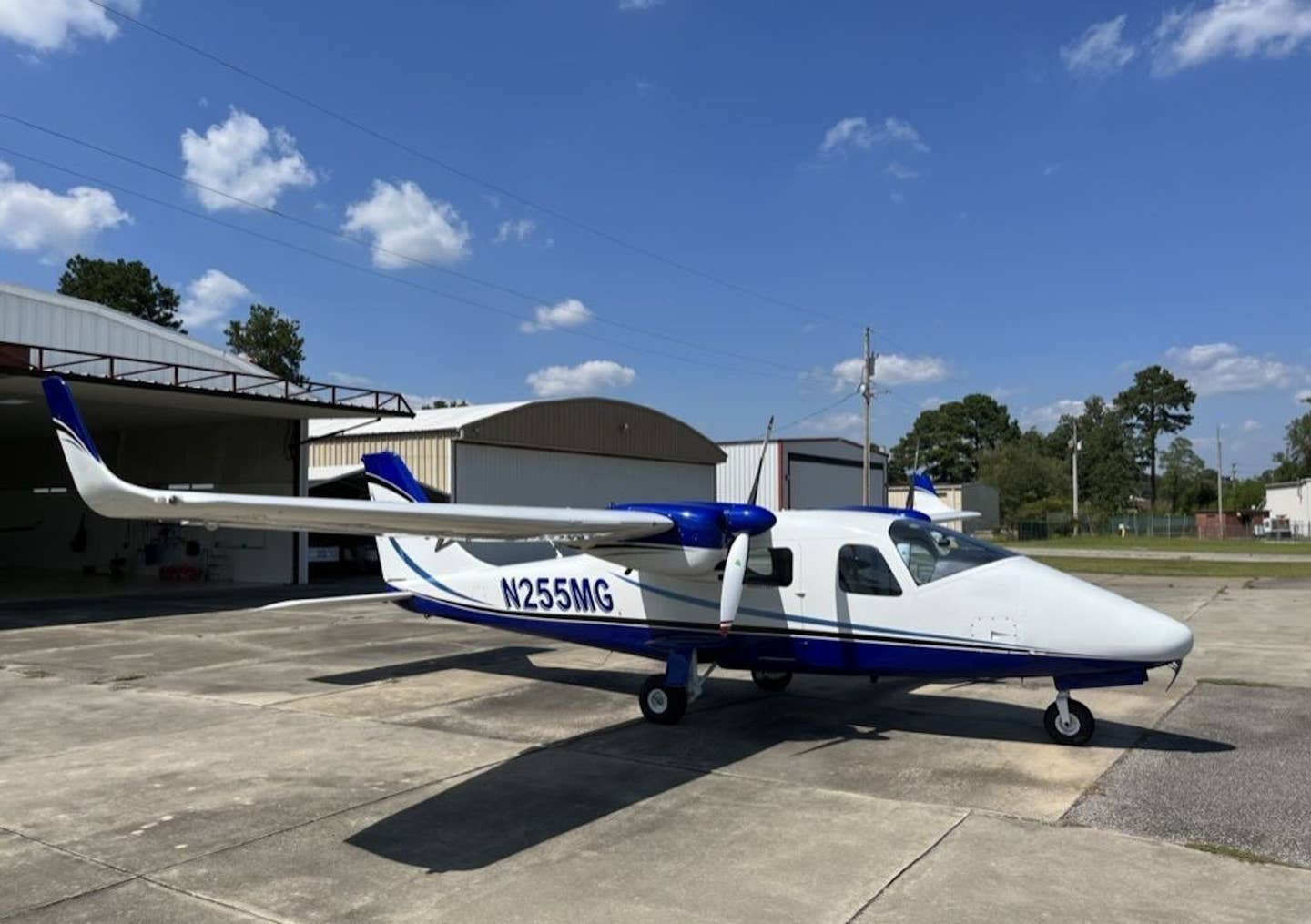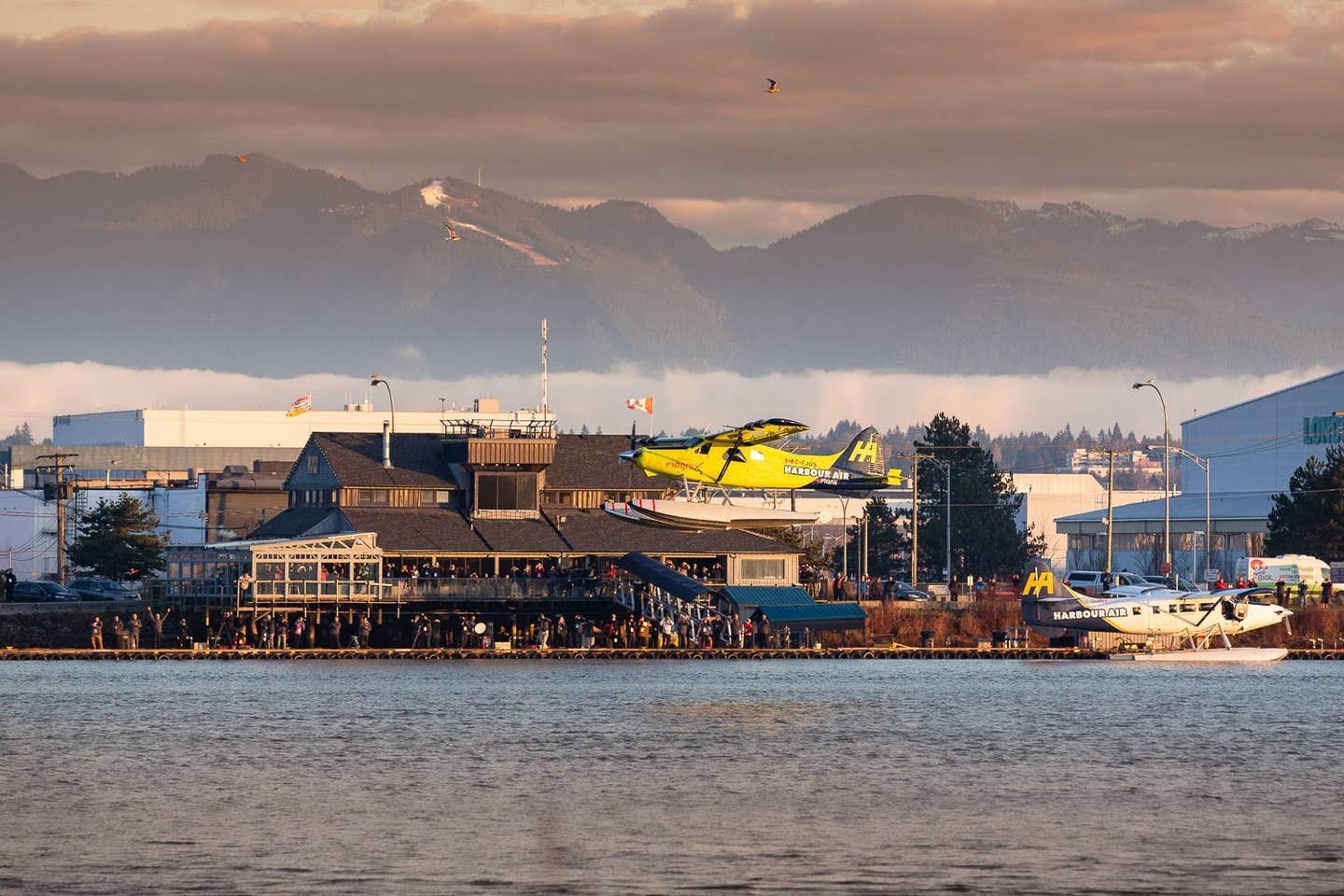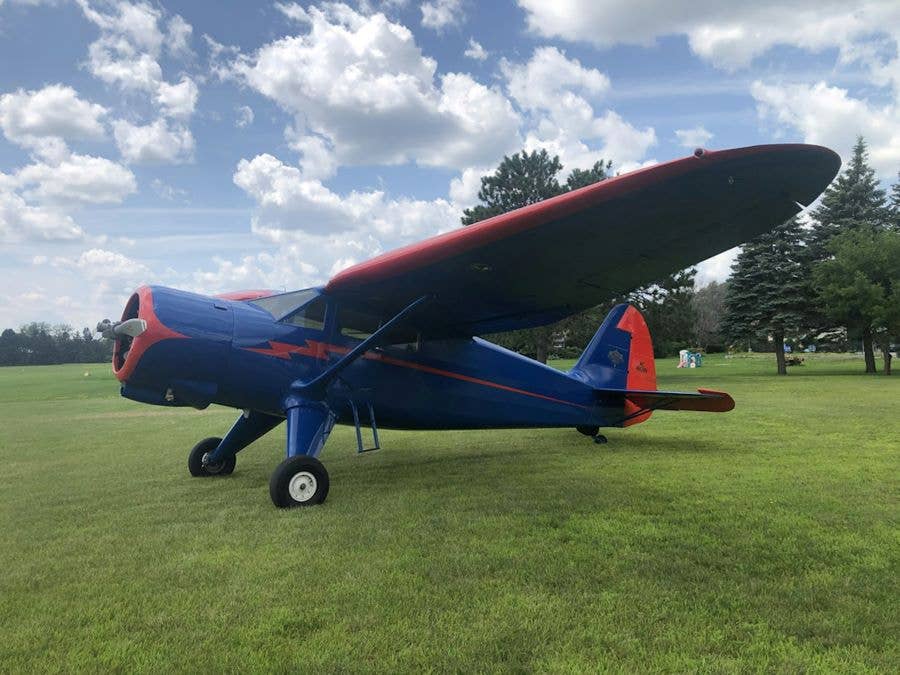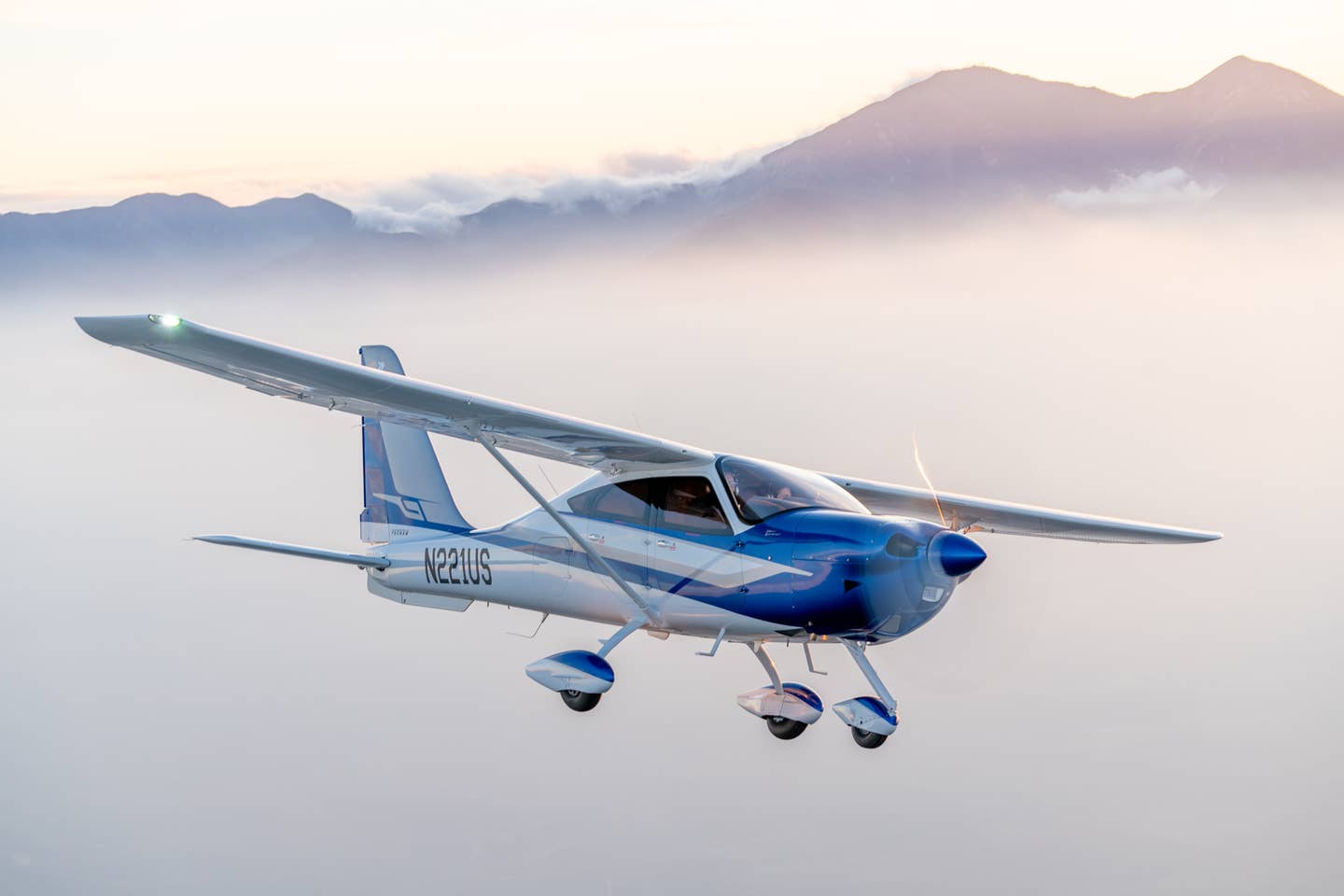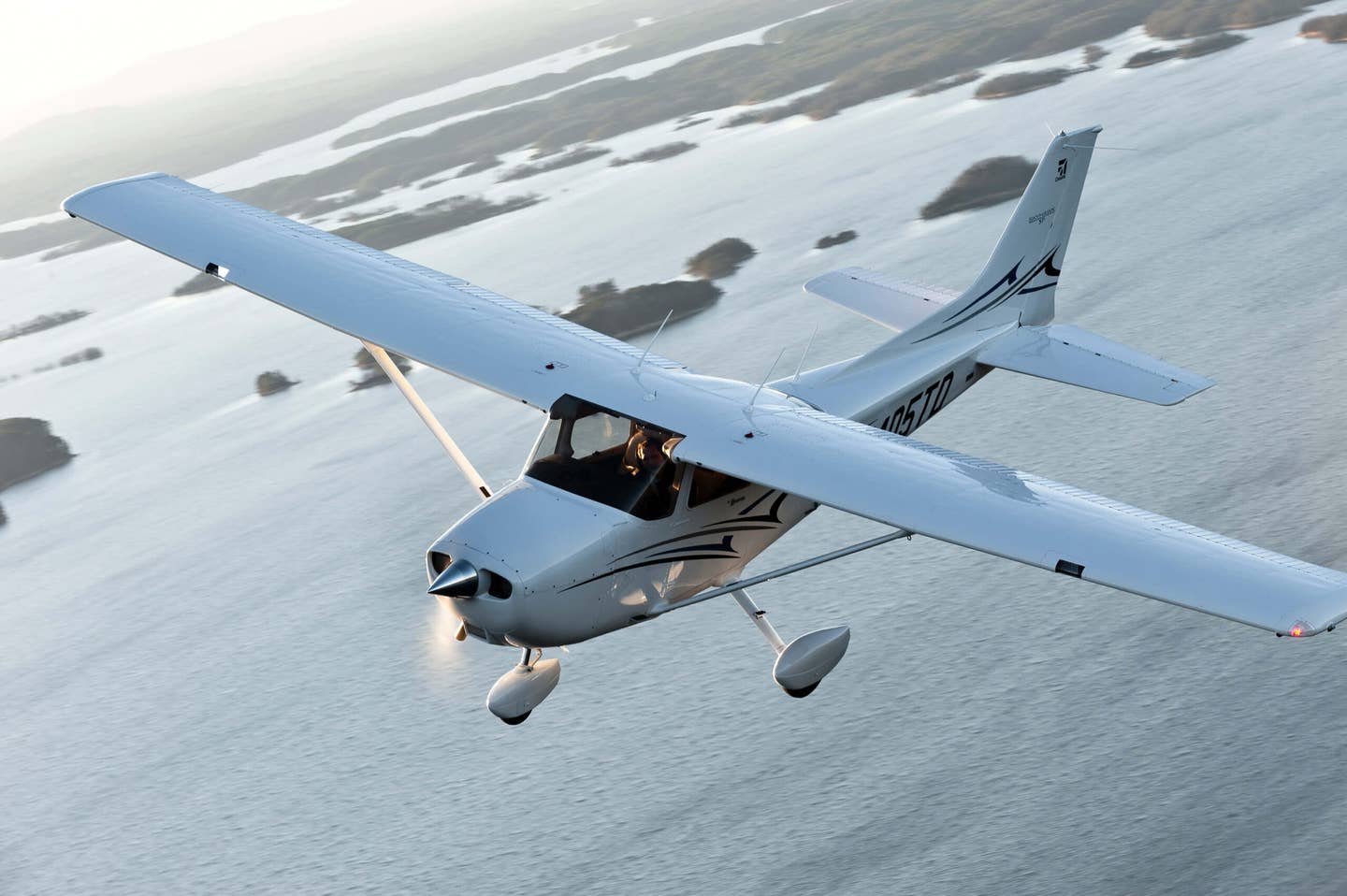
Cessna Skyhawk. [FLYING File photo]
BROUGHT TO YOU BY FLYING FINANCE
Recently, we highlighted the value of turboprops as the perfect niche aircraft between the passenger jet and the piston-driven propeller plane segments. But what if the use cases for turboprops don’t fit your needs?
For new pilots and aviation enthusiasts, piston planes are the perfect class of aircraft. With fewer regulatory hurdles and less expensive operating costs, here’s a list of what to love about a simple, lightweight aircraft.
Purchase Costs
In general, piston-driven aircraft are much less expensive than turboprops—and especially jets.
As a general rule, general aviation models can be found for anywhere from $100,000 to $1 million, while turboprops typically start above the million-dollar mark. Depending on your budget, a piston-driven airplane can be many times more affordable and still meet your needs.
Training
For most turboprops, pilots are required to have additional training and certification (sometimes including multiengine and high-performance ratings).
Whatever certificate you hold, whether private, commercial, or ATP, you may need to obtain a multiengine rating or complete type-specific training in a flight simulator or qualifying aircraft.
The operational characteristics of even the lower-end turboprops are more complex than piston engines. As a new pilot or a hobby enthusiast, investing in that kind of certification may not be in reach or necessary, especially if you simply want to fly short distances in a single-engine piston plane.
Fuel Availability
Even though turboprops and small passenger jets are able to land at relatively remote airports, some FBOs only carry 100LL, a high-octane fuel meant for spark-ignited piston engines.
Turboprops and other jets require specific jet fuels, which can limit your options for resupply.
Fuel Cost
For short flights, piston engines have lower fuel consumption rates than turboprops or jets.
Coupled with the lower cost of the fuel itself, this makes operating a piston-powered aircraft more economical for most personal and hobby use, or even potentially business use for someone who has the necessary licensing or only flies within a few hundred miles.
Maintenance
Turboprops and jets are inherently costlier to maintain or modify than piston engines and require your aviation maintenance technician (AMT) to have specialized skills and certification.
There are four primary types of aircraft maintenance: preventative maintenance, maintenance, alterations, and repairs.
If you are already a Part 91 private, sport, or higher certificate pilot, the FAA allows you to do your own preventative maintenance as long as it does not involve “complex assembly operations.”
For a list of what type of projects meet the FAA’s criteria, head to the 14 CFR Appendix A to Part 43.
Some of the more basic items approved by the FAA include the following:
- Servicing landing gear wheel bearings (for example, cleaning and greasing)
- Servicing landing gear shock struts (for example adding oil, air, or both)
- Lubricating items not requiring disassembly other than removal of nonstructural items (for example, cover plates, cowling, and fairings)
- Replenishing hydraulic fluid in the hydraulic reservoir
- Replacing safety belts
- Replacing bulbs, reflectors, and lenses of position and landing lights
- Replacing or cleaning spark plugs and setting spark plug gap clearance
- Replacing any hose connection, except hydraulic connections
- Replacing prefabricated fuel lines
- Cleaning or replacing fuel and oil strainers or filter elements
- Replacing and servicing batteries
Simple Design
Piston engines are typically designed with four to six fixed cylinders arranged in a horizontally opposed configuration, not unlike the internal combustion engines found in many other types of vehicles. Likewise, piston engines are often naturally aspirated, meaning there are no complex induction systems.
These are time-tested designs that have been in common use for over a century. They operate with the same principles and basic mechanics as automotive engines, meaning if you have mechanical experience, much of it will transfer to maintaining your piston-driven airplane.
This doesn’t apply to everyone, of course, but it’s worth mentioning that the tools and training required to work on a piston engine are much less extensive than jet engines.
Piston planes have a thriving community of aviation enthusiasts from around the world. Given their price point and lower bar for entry, piston engines will be in the skies for decades to come. The new and used markets for these single-engine aircraft are rich with options for whatever your budget or needs.
Check out FLYING Magazine’s thriving piston community and AvBuyer’s aircraft ownership guides for a plethora of resources.
If you’re not sure about how much to finance and how much to put down, reach out to the FLYING Finance team today. You might be surprised to learn that your capital is better invested by financing an aircraft instead of paying cash, thanks to FLYING Finance’s interest rates, so there’s no reason not to get started and apply today.
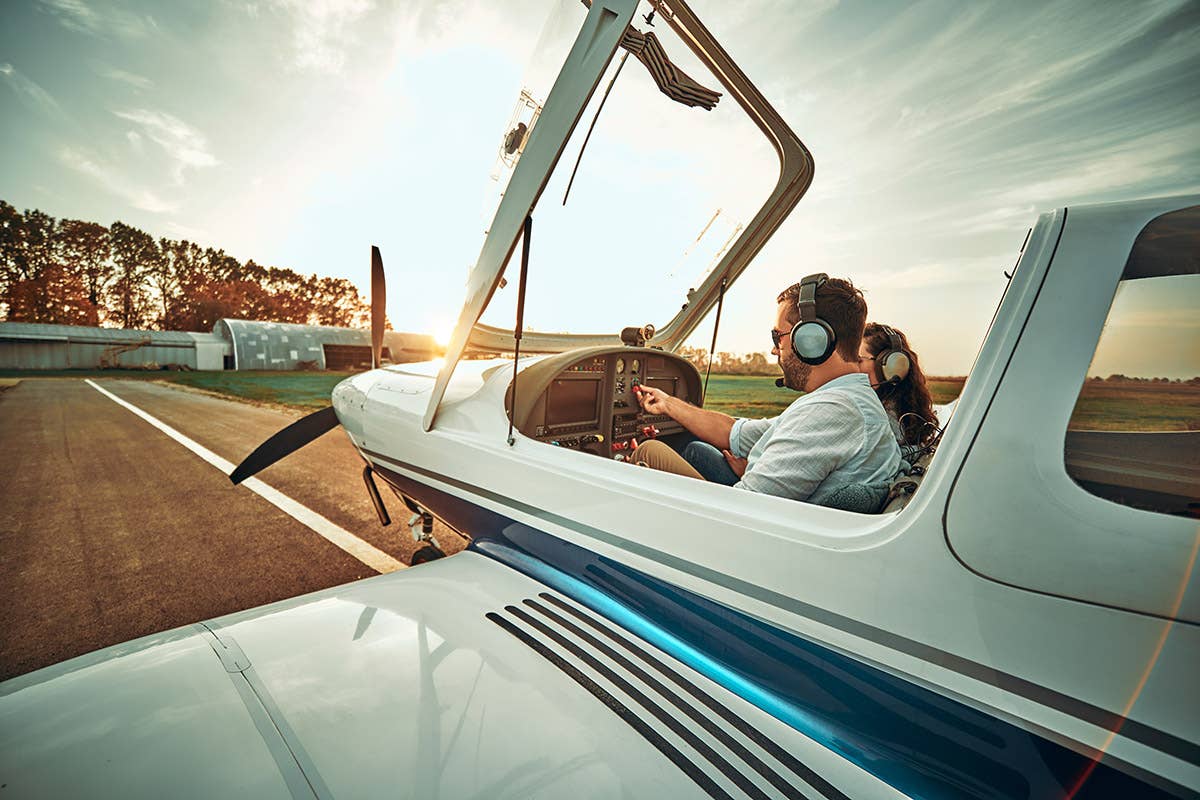
Subscribe to Our Newsletter
Get the latest FLYING stories delivered directly to your inbox


